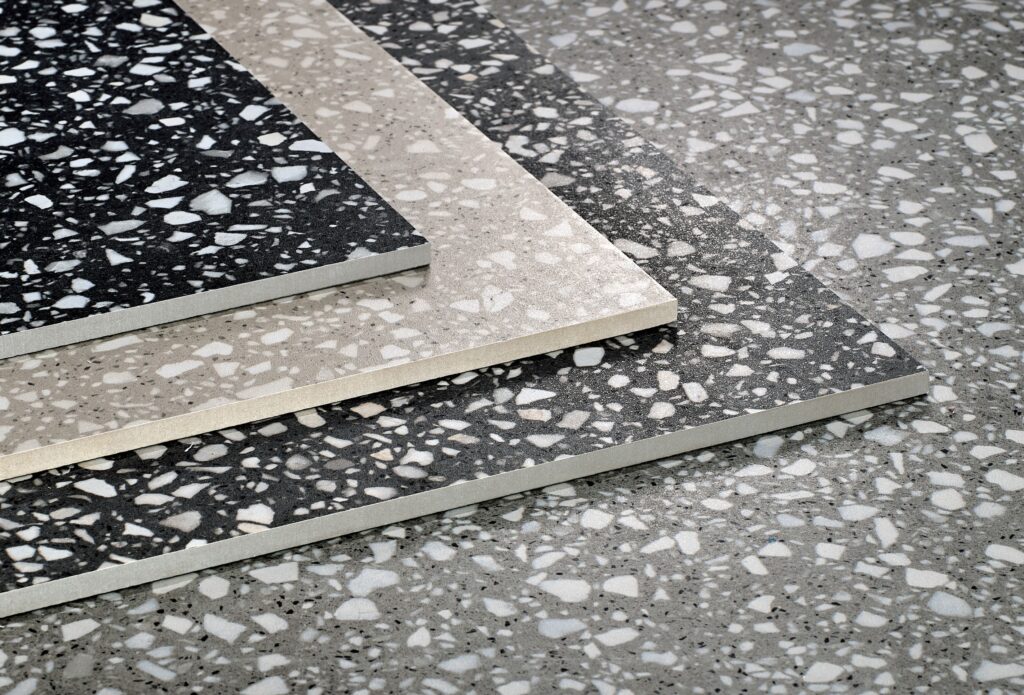Introduction
Subway tiles have earned their place as one of the most recognizable and versatile elements in home design. From sleek urban kitchens to cozy farmhouse bathrooms, these tiles are everywhere—and for good reason. They’re timeless, adaptable, and available in countless finishes and styles. Whether you prefer classic charm or contemporary flair, subway tiles can transform any space.
History and Origins of Subway Tiles
The journey of subway tiles began in 1904, when designers George C. Heins and Christopher Grant La Farge were tasked with creating the interior of New York City’s brand-new subway system. They wanted something durable, sanitary, and bright. Their solution? A glossy, 3×6-inch white ceramic tile. Its clean lines and easy maintenance made it an instant hit. Soon, subway tiles left the stations and found their way into kitchens, bathrooms, and commercial spaces worldwide.
Why Subway Tiles Are Timeless
Subway tiles remain popular because they strike the perfect balance between simplicity and versatility. They complement both modern and traditional interiors, blend seamlessly with a variety of materials, and never feel outdated. Their ability to reflect light makes small spaces look bigger and brighter, while their geometric uniformity provides a sense of order. Subway tiles are not tied to fleeting design trends—they adapt and evolve, making them a smart long-term investment.
Different Types of Subway Tiles
Today, subway tiles come in more variations than ever before:
- Ceramic Subway Tiles: Affordable, durable, and available in endless colors and finishes.
- Glass Subway Tiles: Reflective and eye-catching, ideal for adding depth and brightness.
- Marble Subway Tiles: Sophisticated and elegant, offering natural veining and luxury.
- Porcelain Subway Tiles: Tough, water-resistant, and perfect for high-traffic areas.
- Glossy Finish: Enhances brightness and creates a polished look.
- Matte Finish: Soft and modern, providing a more understated aesthetic.
- Different Sizes: Beyond the standard 3×6, you’ll find 2×4, 4×12, and even oversized options for bold statements.
Creative Ways to Use Subway Tiles
While the classic horizontal running bond pattern is timeless, there are many creative ways to use subway tiles:

- Herringbone Pattern: Adds movement and sophistication, especially in kitchens and bathrooms.
- Vertical Stacking: Creates height and modern appeal, perfect for accent walls.
- Contrasting Grout: White tiles with black grout highlight the pattern for a bold, graphic effect.
- Colorful Tiles: Jewel tones, pastels, or muted earth tones bring personality to a room.
- Mixed Materials: Pair subway tiles with wood, concrete, or metal for layered textures.
- Floor-to-Ceiling Walls: Make a dramatic statement in showers or feature walls.
How to Choose the Right Subway Tiles for Your Space
When selecting subway tiles, think about your design goals.
- For Small Spaces: Choose glossy, light-colored tiles to brighten and expand the room.
- For a Bold Look: Opt for dark or colorful tiles with contrasting grout.
- For Classic Style: Stick with white ceramic in the traditional layout.
- For Modern Aesthetics: Try elongated tiles or vertical stacking.
Always consider how the tile’s finish, color, and pattern will complement the rest of your space.
Subway Tiles in Modern Interior Design
In today’s interiors, subway tiles are far from boring. Designers use them as canvases for creativity. Black subway tiles with brass fixtures exude industrial chic, while emerald green tiles paired with gold accents bring a luxurious vibe. Mixing subway tiles with natural materials like reclaimed wood or exposed brick creates striking contrasts that highlight both tradition and modernity.
Installing Subway Tiles: DIY or Professional?
One of the reasons subway tiles are so popular is their ease of installation. Their uniform shape makes them beginner-friendly, especially for backsplashes. DIY enthusiasts can often tackle small projects with the right tools and patience. However, for larger projects or complex patterns like herringbone, hiring a professional ensures perfect alignment, even grout lines, and long-lasting results.
Maintaining Subway Tiles
Subway tiles are easy to maintain. Simply wipe them down with a mild cleaner to keep them looking fresh. Grout lines, however, require extra care—seal them after installation and reseal periodically to prevent staining. Avoid abrasive scrubbing that could dull finishes, especially on glass or marble tiles. With proper maintenance, subway tiles can stay beautiful for decades.
Conclusion
From their humble beginnings in New York’s subway system to their role in today’s stylish homes, subway tiles have stood the test of time. Their adaptability, affordability, and wide variety of styles make them a favorite for homeowners and designers alike. Whether you stick with classic white ceramic or experiment with bold colors and creative patterns, subway tiles offer endless ways to transform your interiors—from classic to contemporary.
FAQs
Yes, subway tiles are incredibly versatile. In small rooms, light-colored tiles with a glossy finish can make spaces feel bigger. In large rooms, darker shades or unique patterns like herringbone add character without overwhelming the design. Their adaptability makes them suitable for any room size.
Not at all. While kitchens and bathrooms are the most common applications, subway tiles can be used in entryways, laundry rooms, living rooms, or even as fireplace surrounds. Their durability and wide design options allow them to be a stylish addition to nearly any space.
Ceramic subway tiles are the most affordable option and still deliver a timeless look. They’re widely available, easy to install, and come in many colors and finishes. For homeowners seeking a stylish upgrade without overspending, ceramic subway tiles are a perfect choice.
Grout color can dramatically change the look. Matching grout creates a seamless and clean design, while contrasting grout emphasizes the tile pattern. For example, white tiles with white grout look classic and subtle, while white tiles with dark grout create a bold, modern effect.


